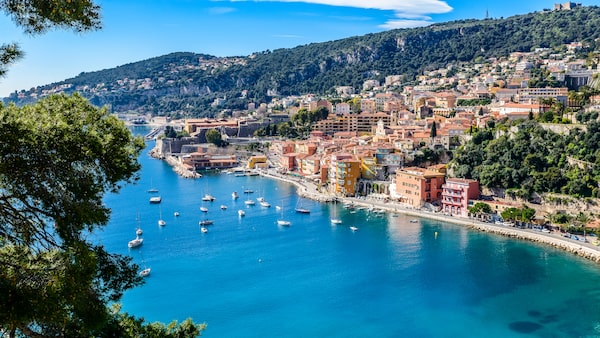
The village of Villefranche mer.Julien Veran/Handout
Like most first-timers entering the Belle Époque grandeur of Le Train Bleu, I got a crick in my neck. High above the white table finery of this train station restaurant, gleaming chandeliers hang with gilded trim and carved moulding encircle frescos depicting 19th-century travellers on the Grand Tour.
The staff are used to seeing diners walk in and stop, mouths agape at all the glittering brass and cherubs frolicking on the ceiling. They give you a minute, then take you to your table.
The Paris-Lyon-Mediterranean Company ensured the opulence of its restaurant, built in 1900 at the Gare de Lyon in Paris, matched the glamour of its express train, which had been bringing the wealthy and the famous to the French Riviera since 1886. You’ll hear the train name-checked in the film Downton Abbey: A New Era, as its characters head to the coast’s see-and-be-seen glamour.

The Exotic Garden of Eze, and its stunning views of the Cote d'Azur coastline.Handout
Surrounded by the past and the elegance of another world, I felt myself falling into a liminal space. Perhaps it was the jet lag or maybe it was the aperitif (when asked for something to toast the beginning of a trip, our bespoke waiter cocked an eyebrow, “But of course, here it is, Champagne!”). Or perhaps it was just the novelty of watching a diner have asparagus sautéed tableside to his liking.
For my first international trip after so many pandemic waves, I wanted to rediscover what millions look for in the French Riviera every year – joie de vivre; and I found that getting lost in the past, even losing my way behind the wheel, flexed a sense of discovery I hadn’t felt in years.
Antibes: soul of the Côte d’Azur

Antibes, plage de la Gravette overlooked by ancient stone ramparts of the Old Town.F. Trotobas/Handout
My daughter and I get off the train in Antibes, already mesmerized by the crimson bougainvillea and the azure Mediterranean, which we’d glimpsed as the tracks followed the coast. Next to the blues of the sea, the agave, aloe and prickly pear cacti are a welcome blast of summer, even in April. People have lived in this port town about 20 kilometres down the coast from Nice, since antiquity. It’s been fought over by Greeks, Romans, Saracens, French and English because of its strategic location jutting out into the Mediterranean. It’s why Antibes is surrounded by thick stone walls, which gives the Old Town a warm, golden glow in the sun.
The backdrop of the Maritime Alps is picturesque but our harbour hotel also gives us a glimpse of Port Vauban, one of Europe’s largest marinas. Today’s invaders – the megayachts of the world’s wealthiest, from emirs to oligarchs – are welcomed with open arms.
Wandering through the tight alleys of the Old Town right next to the V.I.P harbour, you need to look up to get your bearings and that’s how we spotted the crenellation of the 14th-century Château Grimaldi. Now the Picasso Museum, it is one of several places in the Côte d’Azur where the artist lived and painted.
Azureans love to talk about how the vibrant light that bathes the coast has long inspired artists, such as Chagall, Cocteau, Matisse, Picasso and many others. The city continues the legacy along the pedestrian walkway Boulevard d’Aguillon, where many artists work in city-supported ateliers.

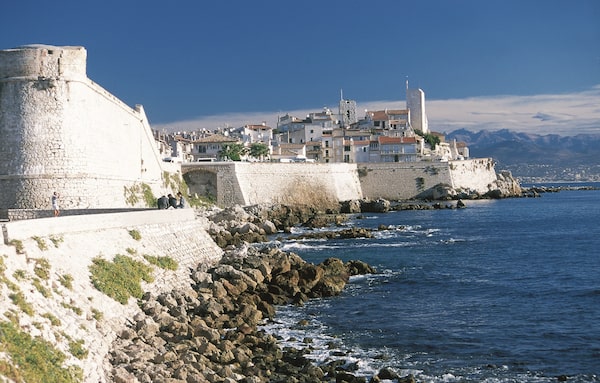
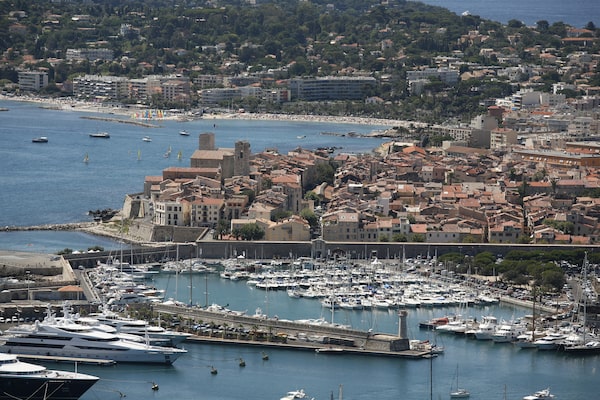
The harboour and Billionaire's Quay in the forground.Handout
Not far from this street, one of the country’s largest art fairs runs for two weeks each spring (conveniently located close to those megayachts and mega budgets).
Called the Salon d’Antibes art fair, it’s like a curated museum where everything is for sale for the right price. By the time I reach the booth devoted to vintage pens, buying something simply because it is exquisite and not just functional makes some sense. The magic of “the good life” that the Riviera is known for is starting to sink in.
“There is something here that you don’t find elsewhere: a soul,” says Gilbert Gay-Parme, head of publicity for the fair. “The spirit of the Côte d’Azur lives in Antibes.”
Nice: architectural splendor and socca
I discover Gay-Parme had a point when I get lost driving in Nice the next day. We circle around in rush hour and I squabble with my navigator on the merits of the rental car’s GPS versus Google maps. We had to find the Grande Corniche, the highest of three coastal roads, which would take us to Menton, near the Italian border.
Frustrated, I park and we get out on foot to get our bearings. As we look for a tourism office, the architectural splendour of Nice starts to soothe our mood. Wealthy travellers have wintered in Nice since the 18th century but started coming in droves in the 19th, and they’ve been building holiday palaces ever since. The historical significance and effects of those early travellers were recognized by UNESCO in 2021, Nice is now on its World Heritage List.
In the market area, we find a socca seller and order a handful of warm strips of the chickpea flour crêpe. This Niçoise specialty is crispy and chewy and hearty enough to keep us going. As we move onto the Promenade des Anglais, we’re not like the aristocratic ladies in long dresses for whom this seven-kilometre seaside stroll was built in 1824, but we appreciate the people-watching no less.
On the road to Menton
Back in the car, I know we’re finally going the right way when the road begins to climb and narrow. The Grande Corniche was built by Napoleon on top of an old Roman road. It’s the highest (500 metres above the sea) of three parallel roads.
On the drive back we’d take the Moyenne Corniche (middle road), which winds its way through rocky tunnels and over spectacular bridges, and try to avoid the busier Corniche Inférieure, also called the Basse Corniche, the lower road, which passes through many seaside towns.
The drive is thrilling – in my little Fiat I’m gearing up and down as I hug rocky cliffs and skirt barely fenced drop offs. We’re passing cyclists pumping uphill and watching others whizz down at wild speeds. (This road has been part of the Tour de France.)
At the highest point of the road, in the medieval town of La Turbie, the Roman ruin – the Trophy of Augustus built in 6 BC – draws us in for a look. Incredibly you can walk up to the top of this restored monument to the conquering emperor, and the views are impressive. But even from where we parked, you get a good glimpse of Monaco just beyond, its harbour and city centre buildings.
From this lookout, I see a smaller road full of switchbacks and 150-degree corners – it’s where Princess Grace died in car accident in 1982. The next day, I’d manoeuvre a similar road with much trepidation – until I got the hang of it, then shifting gears around those hairpins became a wild rush.
In La Turbie we take lunch in Café de la Fontaine, an unassuming, friendly bistro. An elderly gentleman slips into a table preset with his favourite sparkling water. With fewer than a dozen words exchanged, the waiter has his wine poured and order taken. He’s eating before we can choose what Provençal dish we’d prefer – the bouillabaisse or petits farcis (sausage-stuffed vegetables). I love this place. And apparently, so does Prince Albert of Monaco, who, we’re told, drives up frequently.
We’ll spend that evening in Menton, a small town so close to the border it has the perfect blend of French and Italian in language and its languid vibe. Historically, wealthy Europeans stayed here to recover from consumption in sea-view villas. And the sea dominates the view in every direction, while the scent of lemons, growing in just about every yard, is in the breeze.
Menton and Èze: delight and discovery
Menton’s steep medieval Old Town is my favourite: It’s built into the cliffs and we wander under the ochre shadows of tall buildings that cling to the mountainside to head up to the square of Saint Michel. Sure, we were panting from the heat – that light that draws artists to the Riviera can also be harsh and unyielding – but once we reach the Baroque churches there’s also an impressive floor mosaic of 250,000 pebbles, which offers a striking contrast against the blue of the Med and surrounding sepia and amber-toned buildings.
Only, this vista is outdone when we climb higher to the Old Chateau Cemetery, where family crypts are surrounded by eternally stunning views of the Italian coastline and the Ligurian Sea.
But it is the view we find in Èze the next day, in yet another medieval hilltop town, that makes me stop and think. Wandering the Exotic Garden, planted 429 metres above the sea, we ooh and ahh over enormous cacti and succulents and admire sylph-like statues in terracotta, which stand amongst bursts of pink, purple and red cacti blooms. Jasmine perfumes the air. All this climbing in the heat, however, requires refreshment. Near the gardens, we step into the five-star Château de la Chèvre d’Or for a look and find that the patio has commanding views of the Côte d’Azur. I decide I don’t care what the drinks cost. We slip into the last two chairs and order.
That €26 ($35) Aperol spritz lets me linger and reflect. Despite the strain of navigating unfamiliar terrain and packing too much into each day, exploring a new corner of the world had done us a world of good. I had reset myself for adventure. And my daughter? She still hasn’t come home.
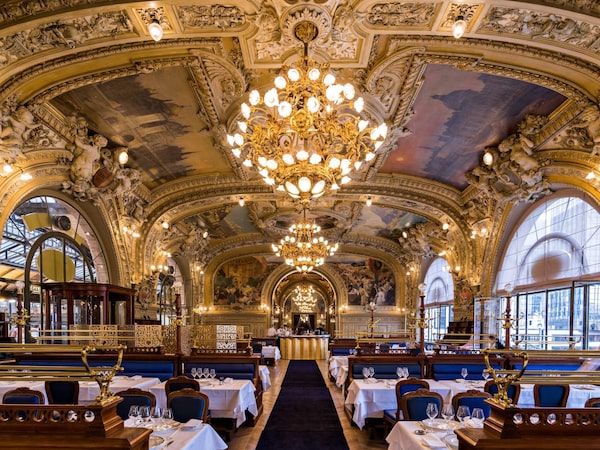
Le Train Bleu in Paris.Handout
The writer was a guest of Atout France. The agency did not review or approve the story before publication.
If you go
Air France flies daily to Paris from Vancouver, Toronto and Montreal, and flight attendants are quite happy to pour you a sparkling wine aperitif before your meal – even in economy; airfrance.ca
You can fly to Nice, but make like a 19th-century aristocrat and take the train from Gare de Lyon in Paris instead – with lunch or drinks before boarding under the Belle Époque decor of Le Train Bleu (le-train-bleu.com). TGV trains leave daily for the coast in a scenic six-hour ride. sncf-connect.com
Where to stay in Antibes: Villa Port d’Antibes & Spa has a youthful fun vibe, outdoor upper deck pool. It’s also a short walk to the scenic old town. 8avenue Frédéric Mistral; villa-port-antibes.com.
Where to stay in Nice: Villa Rivoli. This boutique hotel is a short walk up from the Promenade des Anglais and the famous Hotel Negresco; 10 rue de Rivoli, villa-rivoli.com. To eat like a local, head to Le Bistrot du Port, at 28, Quai Lunel.
Where to stay in Menton: This beachside hotel has the best views on the upper floors: Hotel Prince de Galles, 4 Av. du Général de Gaulle, princedegalles.com/en/. Dine of the patio at Le Petit Prince, surrounded by an incredible succulent garden: 69 Prom. du Soleil.
For more information on the Côte d’Azur, visit: cotedazurfrance.fr ; menton-riviera-merveilles.fr; antibesjuanlespins.com; explorenicecotedazur.com
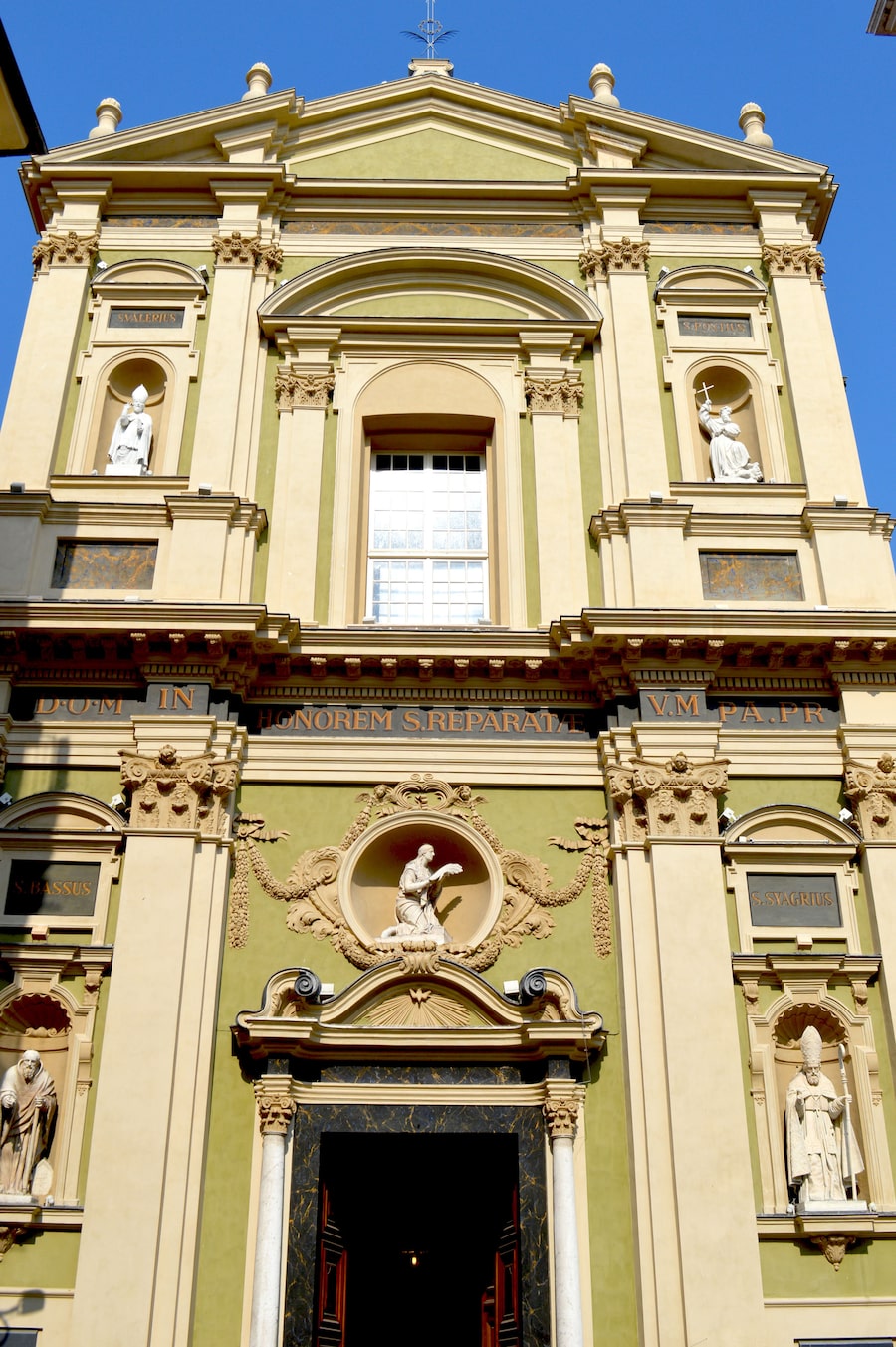





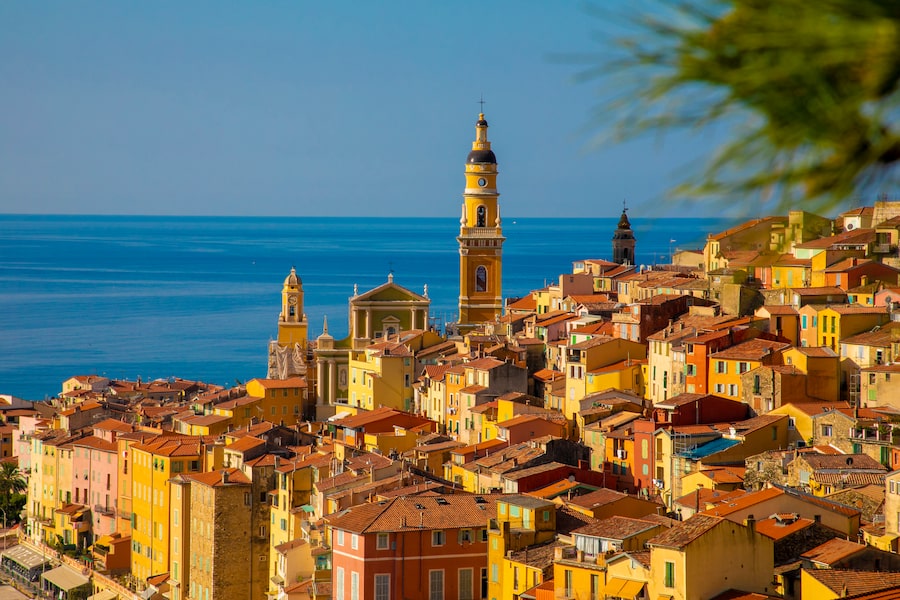

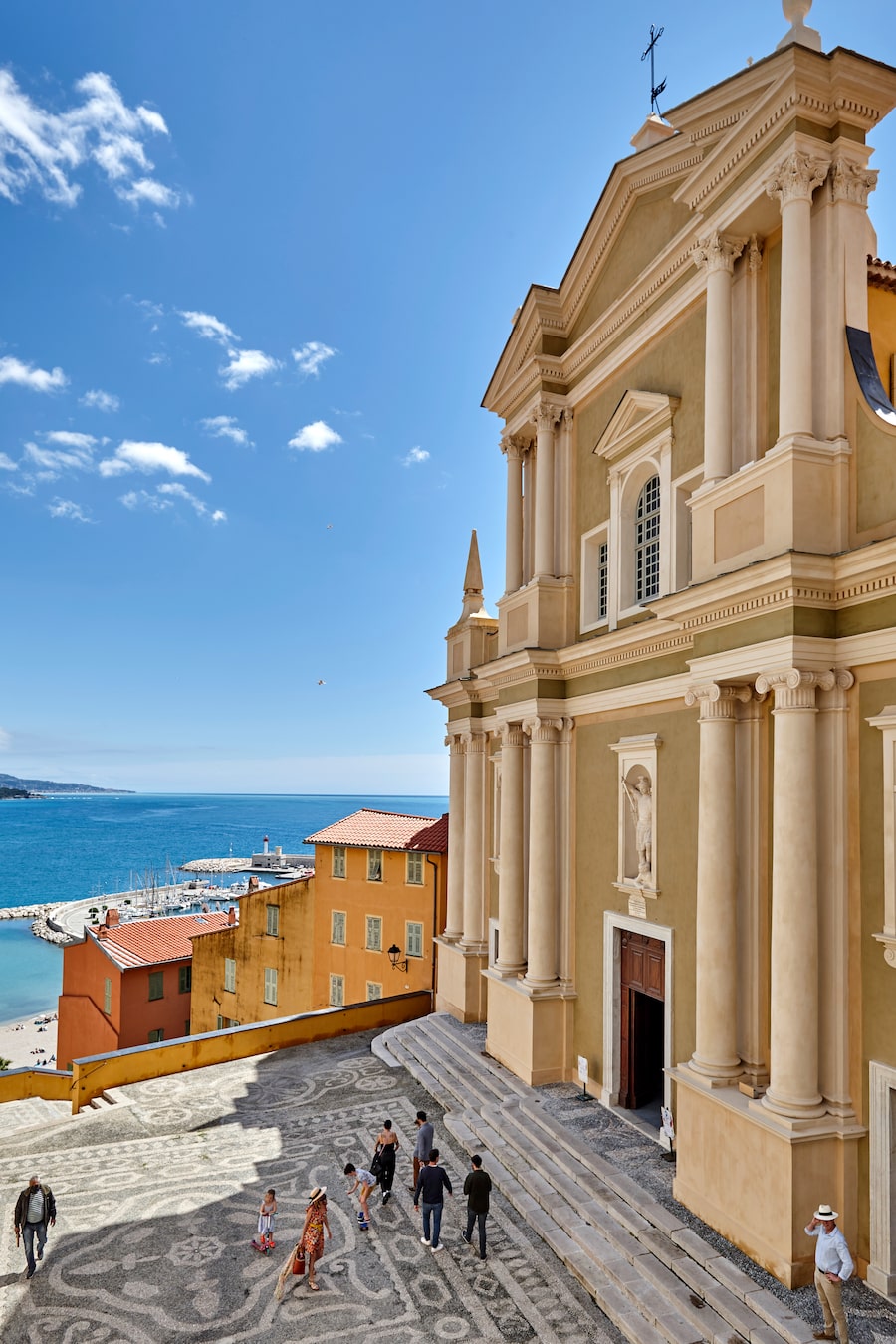



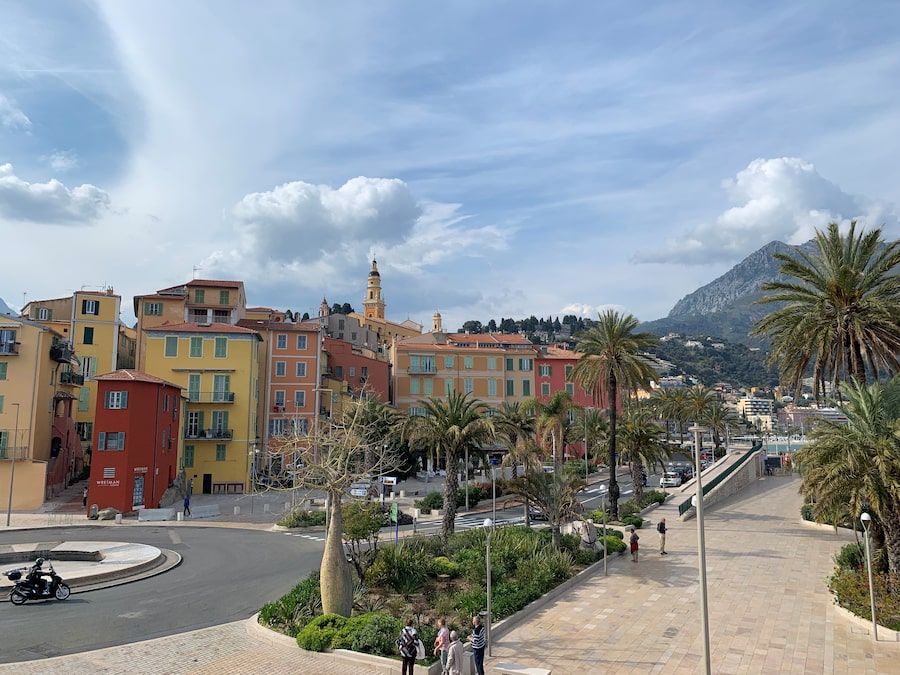





 Catherine Dawson March
Catherine Dawson March